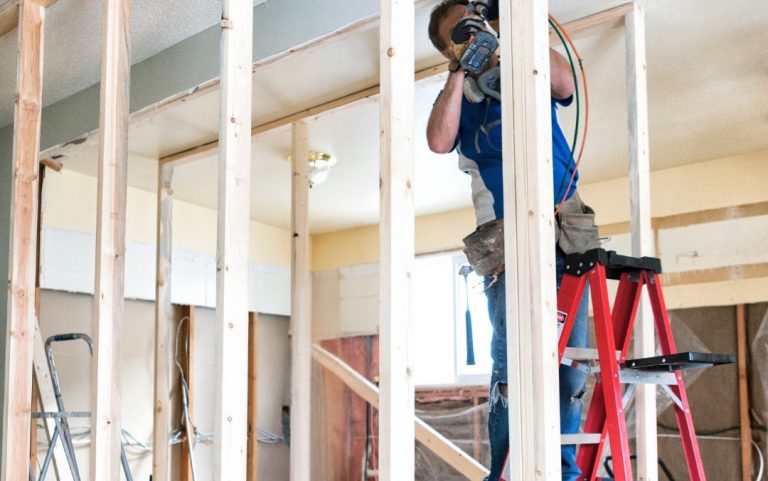Planning a renovation? Before you start, check if you need a permit. Many homeowners skip this step, only to face fines, delays, or complications when selling.
What Requires a Permit?
Most structural changes need a permit. This includes:
- Adding or removing walls
- Building decks, fences, or sheds
- Installing new plumbing or electrical systems
- Changing the roofline
- Excavating or grading land
Even minor repairs like replacing siding or fixing steps may need a permit, depending on your municipality.
Where to Apply
Each town has its own rules. For example:
- St. John’s: Permits are needed for most renovations. Minor repairs can often be approved in 2–5 days.
- Conception Bay South: Permits are required for new construction, major renovations, and significant outdoor work.
- Flatrock: A building application is mandatory before starting any construction.
Check with your local municipal office to find out what applies to your project.
Why You Shouldn’t Skip It
Renovations without permits can cause problems when selling your home. Buyers may back out or demand repairs. Insurance claims might be denied if the work wasn’t approved. Unpermitted work means you could face fines or be forced to remove it.
How to Apply
Start by contacting your town hall or municipal office. You’ll likely need to submit:
- A completed application form
- Site plans or drawings
- Details of the work to be done
- Applicable fees
Processing times vary. Minor projects might be approved quickly, while larger ones can take weeks.
Skipping permits can lead to fines, insurance issues, or having to undo your work. Taking a few minutes to get approval protects your home and your investment. Due diligence can really pay off if you do it right.


